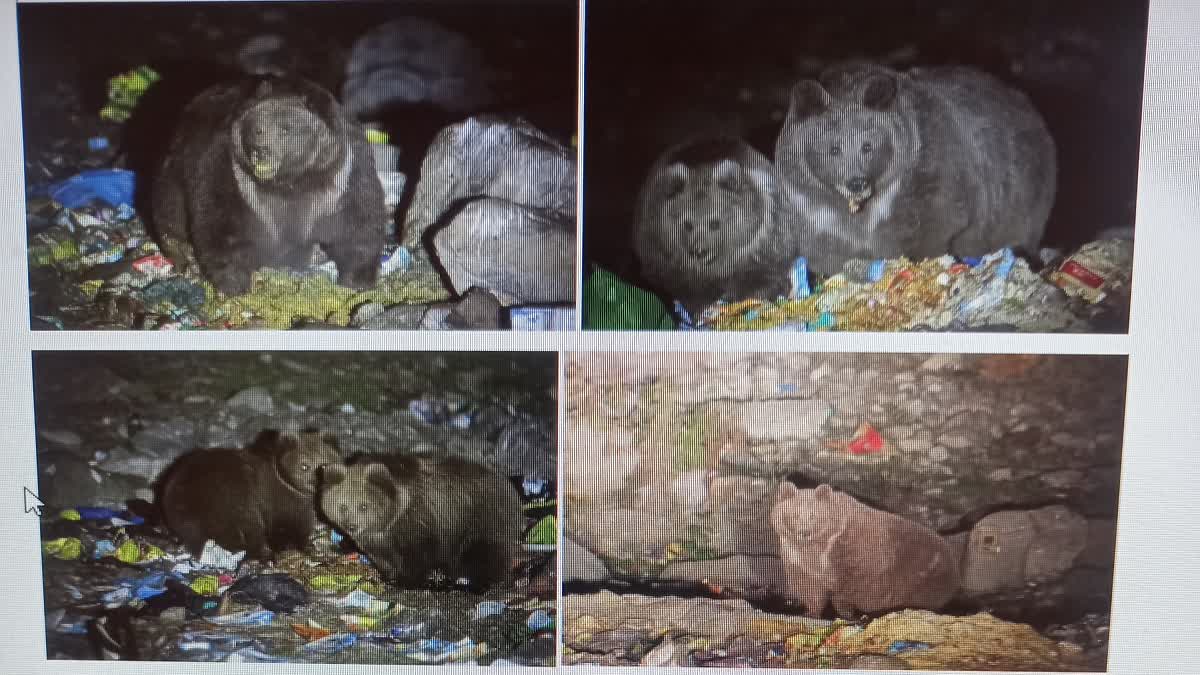Srinagar:The National Green Tribunal (NGT) has directed the Jammu and Kashmir government to initiate action against the Sonamarg Development Authority for open garbage disposal, which is threatening brown bears and increasing human-animal conflict in the valley.
“Initiate proceedings and issue notices to the defaulting body for violations of Solid Waste Management Rules, 2016 as also under the relevant provisions of the Water (Prevention & Control of Pollution) and Air (Prevention & Control of Pollution) Act,” the NGT directed the RegionaI Director, J&K Pollution Control Committee (PCC).
The order comes following a report on brown bears, who have been restricted in the alpine meadows of the Himalayas.
The NGT has asked the PCC to submit a compliance report within 15 days after directing it on November 11 to take action against SDA for violating Solid Waste Management Rules, which endanger the brown bears.
Expert Panel Raises Alarm
Following the reprimand, the Regional Director of PCC, Kashmir, constituted a three-member committee of scientists that found increasing tourism and Amarnath pilgrimage footfall leading to major construction activities in the area and threatening the brown bears' habitat and their natural food choices.
According to PCC findings, the SDA collects 7-10 metric tonnes of solid waste per day, which goes up to 20 metric tonnes during the peak tourism season, but its solid waste management is not well equipped to manage such large garbage.
“More than 268 tourist accommodations and facilities, including hotels, restaurants, shops, etc., have been built in Sonamarg. Various roads and tunnelling projects, including Z-Morh and Zojila tunnels, are being executed in the area for year-round connectivity,” the committee, comprised of scientists Dr. Sabeena Sultan, Shabir Ahmad Scientist, and senior official Mohammad Ayoub, found in the report that was submitted to the NGT.
“Tourism activities, such as the construction of hotels, guest houses, restaurants, markets, roads, and various tunnelling projects, have led to habitat fragmentation and increased human intervention in an area that once entirely served as a habitat for various species of wild animals, including the Himalayan Brown Bear,” the report says.
Sonamarg, located in the Ganderbal district of central Kashmir, lies within the Central Wildlife Division Kashmir; its alpine meadows and sub-alpine forests, cold, arid, bare rocks, and glaciers serve as habitats for the Himalayan brown bear, Snow Leopard, Tibetan Wolf, Musk Deer, Asiatic Ibex, and Marmot. It is also home to the Thajwas Wildlife Sanctuary, which is home to several species of wild animals, but their existence is endangered by human activities. It also serves as a link between Ladakh and Jammu and Kashmir.
